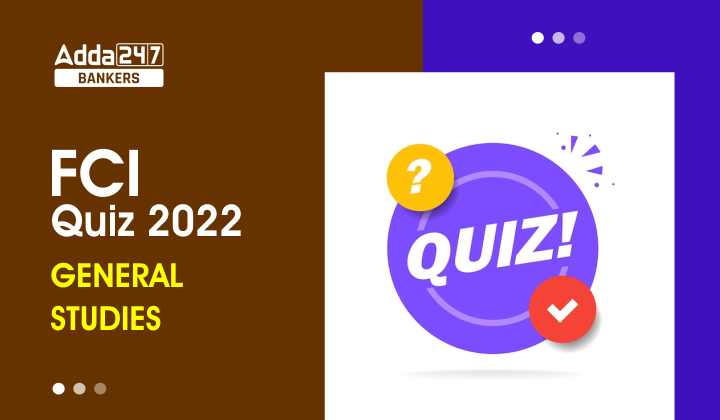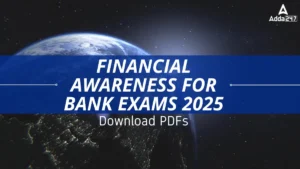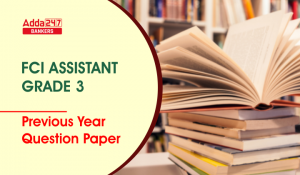Q1. Bimbisara was the king of which dynasty?
(a) Haryanka
(b) Maurya
(c) Shunga
(d) Nanda
(e) None of these
Q2. Ajanta Caves in Maharashtra have rock-cut cave monuments of which religion?
(a) Sikhism
(b) Buddhism
(c) Christianity
(d) Hinduism
(e) None of these
Q3. Whose reign in Indian History is called the Golden Age of India?
(a) Mughal Empire
(b) Maratha Empire
(c) Gupta Empire
(d) Maurya Empire
(e) None of these
Q4. Mahatma Gandhi was born in which year?
(a) 1869
(b) 1879
(c) 1889
(d) 1899
(e) None of these
Q5. National Anthem was adopted by Constituent Assembly on
(a) 26 January 1949
(b) 26 November 1949
(c) 24 January 1950
(d) 15 August 1947
(e) None of these
Q6. Which Freedom Fighter from Bengal died at the age of 18?
(a) Khudiram Bose
(b) Maulana Abul Kalam Azad
(c) Chittaranjan Das
(d) Raja Ram Mohan Roy
(e) None of these
Q7. During the Independence Movement, Subhash Chandra Bose revamped the Indian National __________.
(a) Navy
(b) Army
(c) Defence
(d) Air Force
(e) None of these
Q8. Khajuraho Group of monuments are attributed to which dynasty?
(a) Chandela
(b) Mughal
(c) Maurya
(d) Shunga
(e) None of these
Q9. Shahjahan built the Taj Mahal for?
(a) Marjani
(b) Mehbooba
(c) Mehjabeen
(d) Mumtaz
(e) None of these
Q10. In which year, Shivaji was crowned as the Chhatrapati?
(a) 1608
(b) 1646
(c) 1674
(d) 1710
(e) None of these
Solutions
S1. Ans.(a)
Sol. Bimbisara (ruled 544-491 B.C.E.) was a king of the Magadha empire and belonged to Haryanaka dynasty, which ruled until approximately 326 B.C.E. when Alexander the Great invaded India. He ruled an area of what is now Bihar and Bengal with his capital at modern day Rajgir.
S2. Ans.(b)
Sol. The Ajanta Caves are a series of 29 Buddhist cave temples in Ajanta, India, some of which date from the 2nd century BC. Encompassing both Theravada and Mahayana Buddhist traditions, the Ajanta caves preserve some of the best masterpieces of Buddhist art in India.
S3. Ans.(c)
Sol. The Gupta Empire stretched across northern, central and parts of southern India between c. 320 and 550 CE. The time of the Gupta Empire is referred to as Golden Age of India in science, mathematics, astronomy, religion and philosophy.
S4. Ans.(a)
Sol. Mahatma Mohandas Karamchand Gandhi was born on 02 October 1869.
S5. Ans.(c)
Sol. The first stanza of the song Bharata Bhagya Bidhata was adopted by the Constituent Assembly of India as the National Anthem on 24 January 1950.
S6. Ans.(a)
Sol. Khudiram Bose (3 December 1889– 11 August 1908) was a Bengali revolutionary, one of the youngest revolutionaries early in the Indian independence movement. At the time of his hanging, he was 18 years, 7 months 11 days old—barely a legal adult.
S7. Ans.(b)
Sol. During Indian Independence movement, Subhash Chandra Bose revamped the Indian National Army which was officially formed in 1942.
S8. Ans.(a)
Sol. The Khajuraho Group of Monuments is a group of Hindu and Jain temples in Madhya Pradesh, India. They are one of the UNESCO World Heritage Sites in India. Khajuraho temples were built between 950 and 1050 by the Chandela dynasty.
S9. Ans.(d)
Sol. Taj Mahal is an immense mausoleum of white marble, built in Agra between 1631 and 1648 by order of the Mughal emperor Shah Jahan in memory of his favourite wife Mumtaz Mahal.
S10. Ans.(c)
Sol. Shivaji, the founder of the Maratha empire was formally crowned as Chhatrapati of Raigad on June 6, in the year 1674.



 Tips to Prepare for Banking General Awar...
Tips to Prepare for Banking General Awar...
 Financial Awareness for Bank Exams 2025,...
Financial Awareness for Bank Exams 2025,...
 FCI Assistant Grade 3 Previous Year Ques...
FCI Assistant Grade 3 Previous Year Ques...


